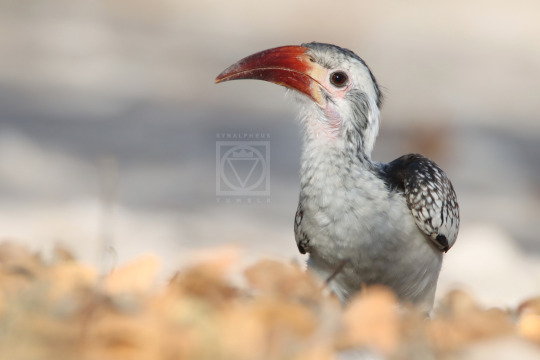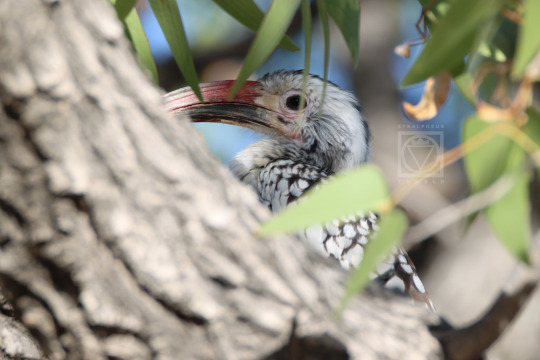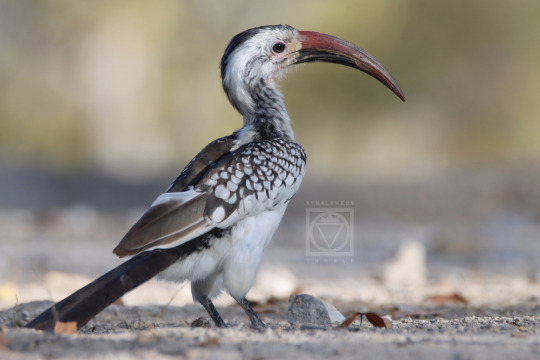Lloyd, they/he, *1997 | Germany | White | PhD Student (Physical Oceanography) | Mostly Birding & Arthropods, sometimes plants and other stuff...
Don't wanna be here? Send us removal request.
Text
Why do people need subtitles to watch a show in English? I don't get it. What is wrong with the ears of young people?
#too late to vote but#i'm deaf in one ear and if my surroundings aren't 100% quiet it's tough to understand what is being said#also if I watch something with headphones and haven't set the audio to mono i tend to miss like half the dialogues#and you know i do have neighbours and the walls are thin so I'd like not to bother them with load tv noises#which goes hand in hand with shitty audio mixing#also the audio+written input helps me to not zone out in the middle of a dialogue. idk. better for concentration?#also yeah not a native speaker. but i also put on subtitles in my mother tongue#and lastly... well. closed captions are cool! most of the time they'll tell you details you'd otherwise miss#like name and artist belonging to the song that's playing in the background#or that suspicious noise that you couldn't hear over the other sounds in a scene#And subtitles sometimes help me learn how to pronounce English words that I only knew in written form and wouldn't have recognized otherwis#syn rambles#personal#kinda#sorry; i'm passionate about subtitles... they're neat
74K notes
·
View notes
Text

Bitis caudalis, Horned Adder. Sessriem Canyon, Namibia.

#synsphotos#wildlife photography#syns nature adventures#snakes#snake#bitis#horned adder#bitis caudalis#namibia#i feel the need to clarify that I didn't get as close to it as it looks like in these photos...
2 notes
·
View notes
Text




Chamaeleo dilepis, Flap-necked Chameleon. Etosha National Park, Namibia.
#synsphotos#wildlife photography#syns nature adventures#chameleon#flap-necked chameleon#chamaeleo#chamaeleo dilepis#namibia
1 note
·
View note
Text

Red Hartebeest, Etosha National Park, Namibia. Such weird creatures!
3 notes
·
View notes
Text

Steppe Zebra in the morning light. Etosha National Park, Namibia.
1 note
·
View note
Text




Just some landscape impressions from Namibia.
0 notes
Text

Subantarctic Skua (Stercorarius antarcticus). South Atlantic.
7 notes
·
View notes
Text

Big bird (Common Ostrich, Struthio camelus australis) and small bird (Fork-tailed Drongo. Dicrurus adsimilis). Etosha National Park, Namibia.
1 note
·
View note
Text


Had a bit of a storm today!
#synsphotos#actually the storm is still going#and yes - these are quite huge waves for baltic conditions... we ain't no north sea over here :')
0 notes
Text









More from my Yellow Mongoose (Cynictis penicillata) photoshoot :). Solitaire, Namibia.
2 notes
·
View notes
Text




Southern Red-billed Hornbill (Tockus rufirostris). Etosha National Park, Namibia.
#synsphotos#bird#synsbirding#birding#wildlife photography#hornbill#southern red-billed hornbill#namibia#yes - i have been rolling around in the dirt on the campsite. why do you ask? :)
3 notes
·
View notes
Text

A tiny bit of a green flash, observed on the South Atlantic. My first!
2 notes
·
View notes
Text

Lion :). Etosha National Park, Namibia.
Bonus blep:

1 note
·
View note
Text
The mysteries of physics...
28K notes
·
View notes
Text






Had a wonderful time with a group of Yellow Mongoose (Cynictis penicillata) right next to the campsite in Solitaire, Namibia :). More to come!
1 note
·
View note
Text

Umm... so I'm not dead btw. But I have come to accept the fact that I'm just bad at social media, so watch me emerge from the shadows like once every few months or so.
Anyway! Have and Atlantic Yellow-nosed Albatross! Fantastic birds.
3 notes
·
View notes
Text
🎶 What would you do if I sang out of tune? Would you stand up and watch out for me?

👀 Watch out! Snowy plovers are arriving on our shores from their annual migrations, ready to nest on open beaches and dunes. Low-fuss, no-muss experts, those nests are really just delicate depressions in the sand—sometimes even in a divot left behind by a human footprint!
🧐 These skittish shorebirds are currently listed as a threatened species due to habitat loss because of human disturbances. Snowy plover nesting season occurs during the summer months when people visit beaches the most. Adult snowy plovers scurry away when their nests are approached, and it may be hours before they can return. While they’re away, their eggs can be crushed, overheat in the sun, or become a meal for a watchful predator.
💙 You can help our snowy friends get by next time you’re enjoying some fun in the sun by keeping your four-legged friends on a leash, staying out of areas that are blocked off as bird nesting sites, and keeping beaches clean by picking up trash that might attract plover predators. Share the shore and keep an eye out on your next beach walk for a glimpse of these charming chums!
#This is true for so many plover species#not only in the us#so please - think of this whenever you go to the beach in any country and take care of our little friends :)#when i was a NLP volunteer at the Wadden Sea we put up little fences around their nests#so if you see something like that just keep your distance and make sure your dog is on a leash#synsreblogs#bird#plover
1K notes
·
View notes